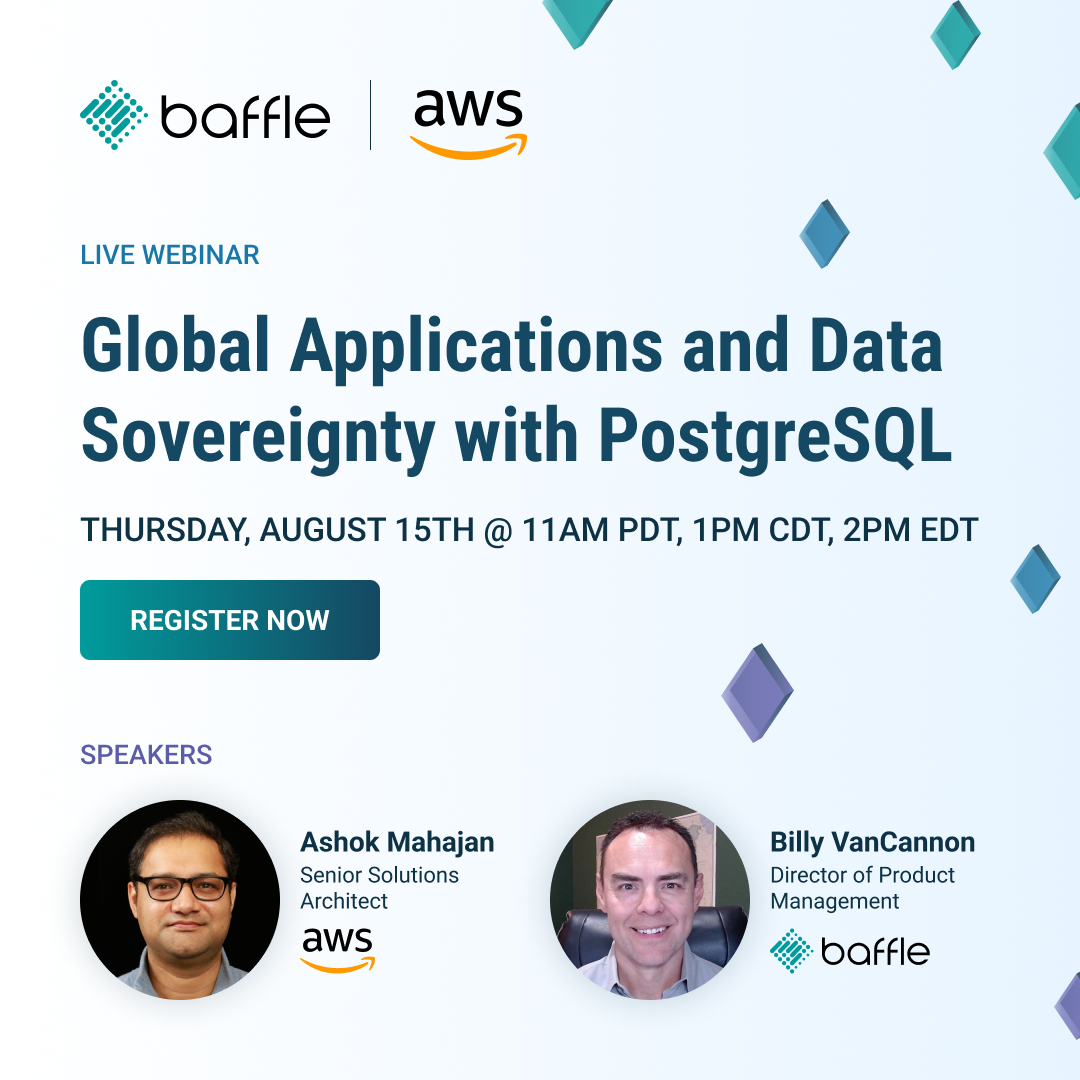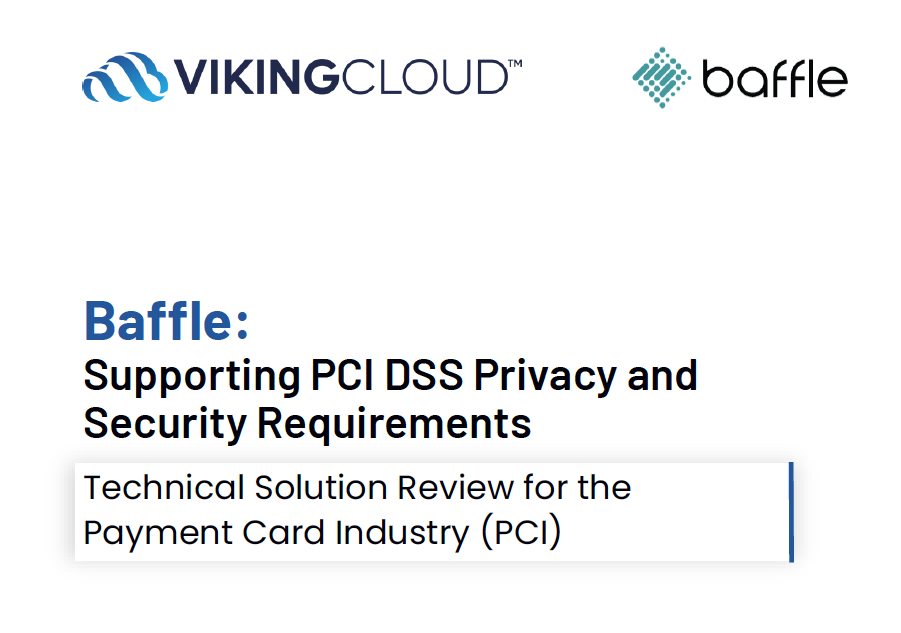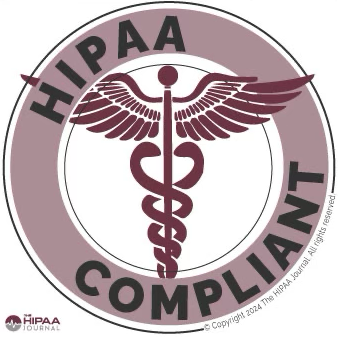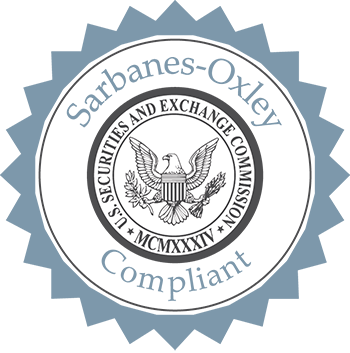Guide
Data Compliance: A Comprehensive Guide to Protecting Your Organization
Table of Contents
Introduction
Data compliance has evolved from a mere regulatory obligation into a strategic imperative for businesses. The mishandling of sensitive information can lead to severe financial penalties, reputational damage, and loss of customer trust. This comprehensive guide is an overview of data compliance, key regulations, best practices, and essential tools to help you safeguard your organization's sensitive information.
Understanding Data Compliance
Data compliance refers to the adherence to laws and regulations that govern the collection, storage, processing, and sharing of data. It ensures that organizations handle personal and sensitive information responsibly and securely. Non-compliance can result in hefty fines, reputational damage, and legal repercussions.
Key Challenges in Data Compliance
- Data Proliferation: The exponential growth of data makes management and protection increasingly difficult. It could be argued that from the beginning of time to the 1990s, data was of little consequence to most businesses. It is now difficult to imagine any organization that doesn’t rely on data in some capacity.
- Regulatory Complexity: Keeping pace with evolving regulations and their interpretations is demanding. Governments are struggling to know the right level of regulation and very little has been agreed upon across countries and at various levels. This will be the situation for years to come, so organizations will have to be able to adapt.
- Technological Advancements: New technologies introduce both opportunities and risks to data security. It isn’t just the raw data, but the fact that anyone can connect to anywhere at any time. Consider at one time that almost everybody’s name, address, and phone number were printed in massive books and distributed to everybody. It didn’t seem to be an issue back then.
- Check the Box: Data compliance is an ongoing journey that requires sustained investment and commitment from upper management to the front-line. If it is treated as a one-time exercise, then it isn’t worth doing. This is the number one reason data compliance initiatives fail.
- Human Error: Employees can inadvertently compromise data through negligence or lack of awareness. Data compliance must be part of the culture and, wherever possible, technical controls should be mandated instead of process controls. As much as possible, responsibility for security has to be taken out of the end-user's control. To put a finer point on this, here is a quote from and article in The Economist about ransomware:
Victims are rarely chosen: a gang operates like a thief running amok in a car park, stealing from whichever vehicles have been left unlocked. Breaches almost always come down to a stupid mistake made by a lazy or gullible human being. No one wants to turn on multi factor authentication. Everyone clicks on suspicious links. Executives neglect to hire enough IT people. Passwords are kept in spreadsheets. It's not that these gangs are advanced. It's that we are sitting ducks.
Key Data Compliance Regulations
Understanding regulations is crucial for effective compliance. A big part of the journey will be determining which regulations apply to your organization. These are the primary regulations today:
- General Data Protection Regulation (GDPR): Applies to organizations processing personal data of EU residents.
- California Consumer Privacy Act (CCPA): Protects the personal information of California residents. Several other states have their own versions.
- Payment Card Industry Data Security Standard (PCI DSS): Mandates data security standards for organizations handling credit card information.
- Health Insurance Portability and Accountability Act (HIPAA): Safeguards patient health information.
- Sarbanes-Oxley Act (SOX): Enforces corporate responsibility and financial reporting transparency.
Most of the mandates define the data that needs to be protected, the rights the data subjects (the natural person that the data is about) have, required breach reporting, the penalties, and how the policies will be enforced. The one thing they often leave out is how to provide security around the data. This is often outsourced to security-specific standards such as the National Institute of Standards and Technology (NIST) in the US and International Organization for Standardization (ISO) in the rest of the world.
PCI DSS is the one mandate not created or enforced by a government. Rather, it is a coalition of credit card providers that serve those functions. Perhaps as a result, PCI DSS is very specific in the security requirements around protecting credit card data.
There are several categories of data that regulators target.
Personally identifiable information (PII) is defined by GDPR as “any information relating to an identified or identifiable natural person (‘data subject’).” They go on to define direct and indirect types of PII. Direct PII is data that can identify a data subject alone. Name, address, social security number, and national ID number are examples. Indirect data must be combined with other data to identify the data subject. This could include zip codes, age, race, religion, and salary among many others. The regulations around PII are based on the geography of the data subjects, not where the business is located. A U.S. business doing business in the U.S., but somehow with E.U. users (say tourists, for example) is subject to GDPR.
Payment card information (PCI) refers to credit and debit card information. Any organization that accepts payment cards or handles payment card related data is subject to PCI DSS.
Patient health information (PHI) is any health and medical records of individuals. HIPAA is relevant to any organizations that handle PHI.
All the above categories of information apply to individuals and the corresponding regulations are meant to protect them. However, organizations themselves have sensitive information. This includes financial, marketing, business, product and process data. SOX is directed at publicly traded companies and pertains to proper reporting of financial information. SOX also has some relevance to private companies.
However, organizations are on their own on how they protect the rest of their confidential data. Coca-Cola and KFC would not necessarily suffer governmental penalties if their secret recipes were stolen, but the business impacts could be devastating.
Best Practices for Data Compliance
Implementing robust data compliance practices is essential to protect your organization. Here are some key best practices:
- Data Minimization: Collect only the necessary data and retain it for the shortest possible period. If sensitive data is not being used, then save the time and money required to protect it by deleting it, or even better, don’t collect it in the first place.
- Access Controls: Implement least privilege and strict access controls to limit data access to authorized personnel. These access controls must be continually reviewed for every time a person changes their role within the company or leaves. Untold numbers of breaches have occurred using credentials of past employees.
- Data Encryption: Protect data at-rest, in-transit, and in-use with strong encryption methods. Encryption is a unique form of access control because it is the only one that follows the data. It is because of this concept that GDPR, CCPA and the other US state data privacy laws are explicit that stolen encrypted data does not have to be reported as a breach and is not subject to fines.
- Regular Risk Assessments: Conduct thorough risk assessments to identify potential vulnerabilities. This includes evaluating the likelihood of a breach and the resulting harm it would cause. The results of the risk assessment will drive the prioritization and implementation of access controls.
- Employee Training: Educate employees about data security best practices and their role in compliance. As much as possible, use technical controls to enforce policy rather than process controls. Passwords can be used as an example. Process controls would be to educate people on what it takes to make a strong password. Technical controls would be to auto generate passwords for them and store them in a password management system.
- Monitoring: Vigilance in understanding baseline activity so that anomalies can be identified and investigated. Once a breach occurs, time is of the essence to discover it.
- Incident Response Plan: Develop a comprehensive incident response plan to address data breaches effectively. It is not a question of if, but of when a breach will occur.
Essential Data Compliance Tools
Leverage the following tools to streamline your compliance efforts:
- Identity and Access Management (IAM) Systems: Control user access to systems and data.
- Network Controls: Control access to private networks. A lot has been made of zero-trust vs perimeter access in recent years, but firewalls and virtual private networks (VPN) are integral to either paradigm.
- Data Encryption and Masking Tools: Protect sensitive data at-rest, in-transit, and in-use. Encryption may be the single best way to protect sensitive data, but how it is implemented is just as important as the algorithms behind it. An example of poor implementation is to only use built-in tools such as transparent data encryption (TDE) or full disk encryption (FDE) on databases locked away in modern data centers. TDE and FDE only protect against physical theft of the hard drives. On the other hand, FDE is very wise to use on laptops because they are easily misplaced. TDE is not Enough
- Compliance Management Platforms: Streamline compliance processes and track regulatory requirements.
- Security Information and Event Management (SIEM): Monitor IT systems for anomalies and breaches.
Conclusion
Data compliance is a complex but essential aspect of modern business. It is not a one-time exercise that can be checked-off and forgotten, rather it requires sustained commitment and investment. By understanding the core principles, implementing a robust framework, and staying informed about emerging trends, organizations can effectively protect sensitive information, mitigate risks, and build trust with customers and stakeholders.
Additional Resources
Webinar: Global Applications and Data Sovereignty with PostgreSQL
Whitepaper: Supporting PCI DSS Privacy and Security Requirements
Meet with a Baffle expert to discuss Data Compliance
Here's your chance to ask questions and determine the best way to protect your sensitive data






